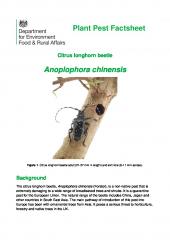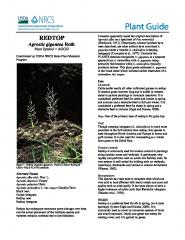A medium size pioneer species, short-lived tree in the family Betulaceae, native to most of Europe, southwest Asia and northern Africa. Bloom Color: Purple, Red.
Main Bloom Time: Early spring, Late spring, Mid spring. Form: Oval, Pyramidal.
Alnus glutinosa is a deciduous Tree growing to 25 m by 10 m at a fast rate.
It is hardy to zone 3. It is in leaf from March to November, in flower from March to April, and the seeds ripen from September to November. The species is monoecious and is pollinated by Wind.
It can fix Nitrogen.
It is noted for attracting wildlife.
Suitable for: medium and heavy soils and can grow in heavy clay and nutritionally poor soils. Suitable pH: acid, neutral and basic soils. It can grow in semi-shade or no shade. It prefers moist or wet soil. The plant can tolerate maritime exposure.
Agroforestry Services: Nitrogen Industrial Crop: Biomass Industrial Crop: Tannin Management: Coppice Management: Standard Minor Global Crop Other Systems: SRC
Landscape Uses:Firewood, Pest tolerant, Pollard, Screen. Prefers a heavy soil and a damp situation, tolerating prolonged submergence of its roots and periods with standing water to 30cm deep. Plants can also grow quickly in much drier sites, though they will usually not live for so long in such a position. Alders grow well in heavy clay soils, they also tolerate lime and very infertile sites. Tolerates a wide range of soils but prefers a pH above 6. Very tolerant of maritime exposure. Alder is estimated to tolerate an annual precipitation of 40 to 200cm, an annual average temperature of 8 to 14°C and a pH of 6 to 8. The leaves often remain green on the tree until November, or even later on young seedlings. The seeds contain a margin of air-filled tissue and are capable of floating in water for 30 days before becoming waterlogged. This enables distribution of the seed by water. The alder has a very rapid early growth, specimens 5 years old from seed were 4 metres tall even though growing in a very windy site in Cornwall. This species has a symbiotic relationship with certain soil micro-organisms, these form nodules on the roots of the plants and fix atmospheric nitrogen. Some of this nitrogen is utilized by the growing plant but some can also be used by other plants growing nearby. Nitrogen-fixation by trees up to 8 years old has been put at 125 kg/ha/yr., for 20 years at 56 - 130 kg/ha/yr.. Trees often produce adventitious roots from near the base of the stem and these give additional support in unstable soils. Trees are very tolerant of cutting and were at one time much coppiced for their wood which had a variety of uses. Alders are an important food plant for the caterpillars of many butterfly and moth species and also for small birds in winter.There are 90 insect species associated with this tree. There are some named varieties, selected for their ornamental value. Special Features:Not North American native, Naturalizing, Wetlands plant, Inconspicuous flowers or blooms.
Habitatsnear lakes and along the sides of streams
Habitatsoften formng pure woods n succession to marsh or fen.
HabitatsWoodland Garden Canopy
HabitatsHedge
HabitatsBog Garden
HabitatsWoodland Garden Canopy
HabitatsHedge
HabitatsBog Garden
Resources
Citrus longhorn beetle, Anoplophora chinensis

Citrus longhorn beetle
Anoplophora chinensis
Background
The citrus longhorn beetle, Anoplophora chinensis (Forster), is a non-native pest that is
Cabi Plantwise Knowledge Bankhttps://planthealthportal.defra.gov.uk/assets/factsheets/CLB-Plant-Pest-Factshe…Citrus longhorn beetle, Anoplophora chinensisCitrus longhorn beetle, Anoplophora chinensis
Citrus longhorn beetle
UK Plant Health Information Portal
Anoplophora chinensis
Background
The citrus longhorn beetle, Anoplophora chinensis (Forster), is a non-native pest that isPlant Guide for Agrostis gigantea

Plant Guide
REDTOPAgrostis gigantea Roth
Plant Symbol = AGGI2Contributed by: USDA NRCS Idaho Plant Materials
https://plants.usda.gov/plantguide/pdf/pg_aggi2.pdfPlant Guide for Agrostis gigantea
ProgramPlant Guide for Agrostis gigantea
Plant Guide
USDA NRCShttps://plants.usda.gov/plantguide/pdf/pg_aggi2.pdf
REDTOP
Agrostis gigantea Roth
Plant Symbol = AGGI2
Contributed by: USDA NRCS Idaho Plant Materials
ProgramPlant Guide for Agrostis gigantea
Plant Guide
USDA NRCShttps://plants.usda.gov/plantguide/pdf/pg_aggi2.pdf
REDTOP
Agrostis gigantea Roth
Plant Symbol = AGGI2
Contributed by: USDA NRCS Idaho Plant Materials
Program
